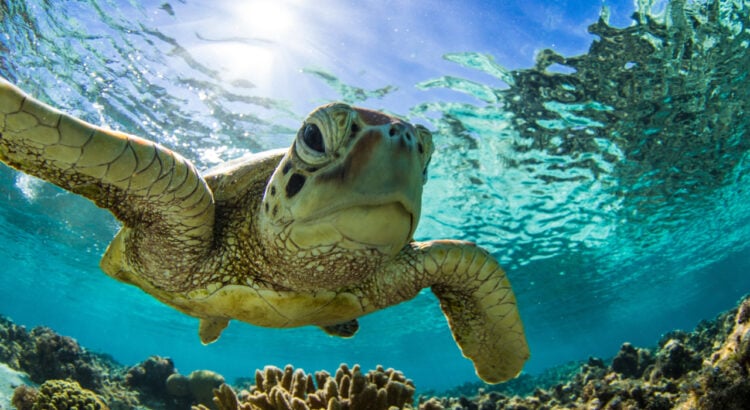« What is currently happening in our oceans is like wildfires underwater, » began Kate Quigley, lead researcher at the Minderoo Foundation in Australia. « Climate warming will be such that we will reach a point of no return, and we will not be able to go back. »
Biologists are well familiar with the phenomenon. When exposed to abnormally high temperatures, corals expel the symbiotic algae from their tissues, losing their color and main source of energy. According to the Great Barrier Reef Marine Park Authority, the summer of 2024 broke all temperature records in the region, pushing entire coral colonies toward death. Thermal stress reached unprecedented levels, comparable to silent underwater wildfires, as described by Kate Quigley of the Minderoo Foundation. This destructive season marks a tipping point in the climate history of this UNESCO World Heritage site. Where visitors once admired abundant marine life, scientists now speak of silence, mourning, and urgency.
Mass Coral Bleaching Now Spreading Across All Seas
This tragedy is no longer confined to the Australian coasts. According to the National Oceanic and Atmospheric Administration (NOAA), more than 54% of the world’s coral areas have been affected by bleaching over the past twelve months. In a joint statement with the International Coral Reef Initiative, the American agency confirmed the existence of a global event—the fourth since the late 1990s. The archipelagos of Polynesia, the Red Sea, Indonesia, and the Seychelles are also experiencing these silent losses.
The phenomenon is fueled by a continuous rise in ocean temperatures, driven by human activity and the return of El Niño. In recent months, satellite sensors have detected persistent thermal anomalies, prompting NOAA to update its alert maps by adding three new warning levels. The Coral Reef Watch program, led by Derek Manzello, estimates that the affected area expands by about 1% each week.
What strikes researchers today is the simultaneity and scale of these bleaching events. In Florida, the Caribbean, East Africa, and the South Pacific, reefs are succumbing one after another. Selina Stead, director of the Australian Institute of Marine Science, reminds us that reefs also serve as coastal shields and sources of protein for one billion people. Their collapse would mean the sudden impoverishment of entire communities.
Source: science-et-vie


